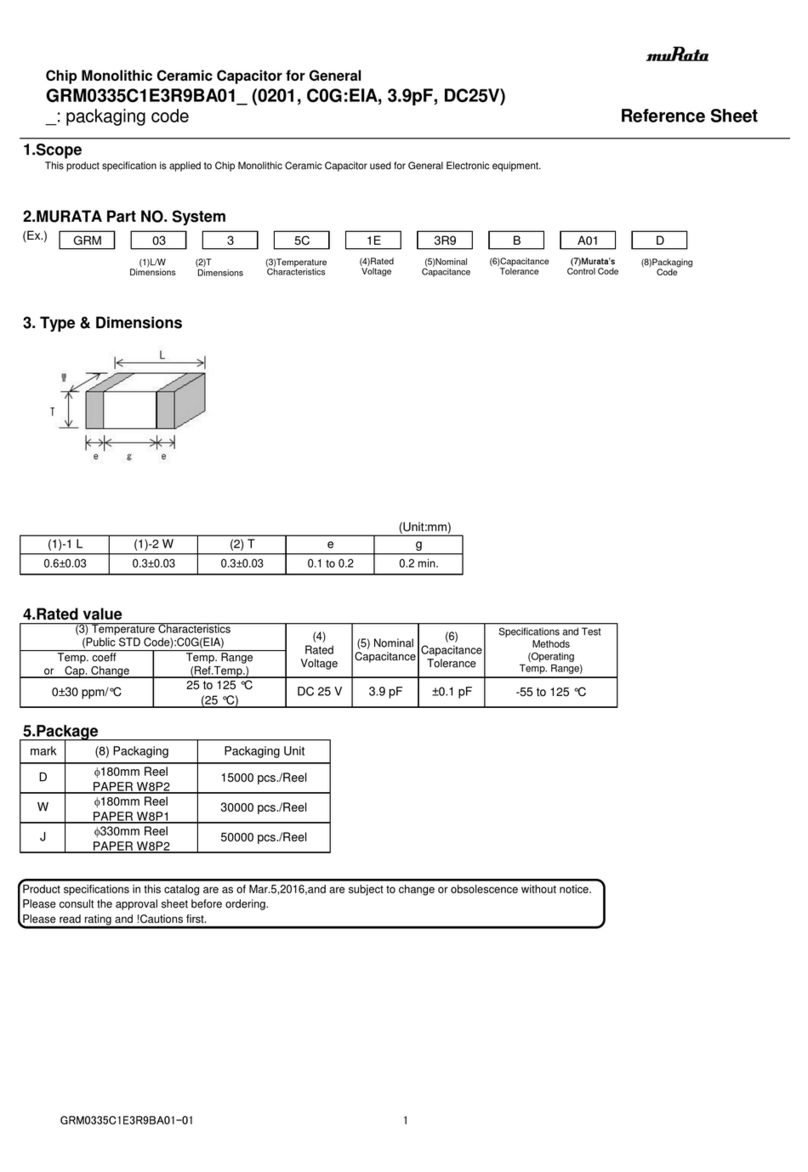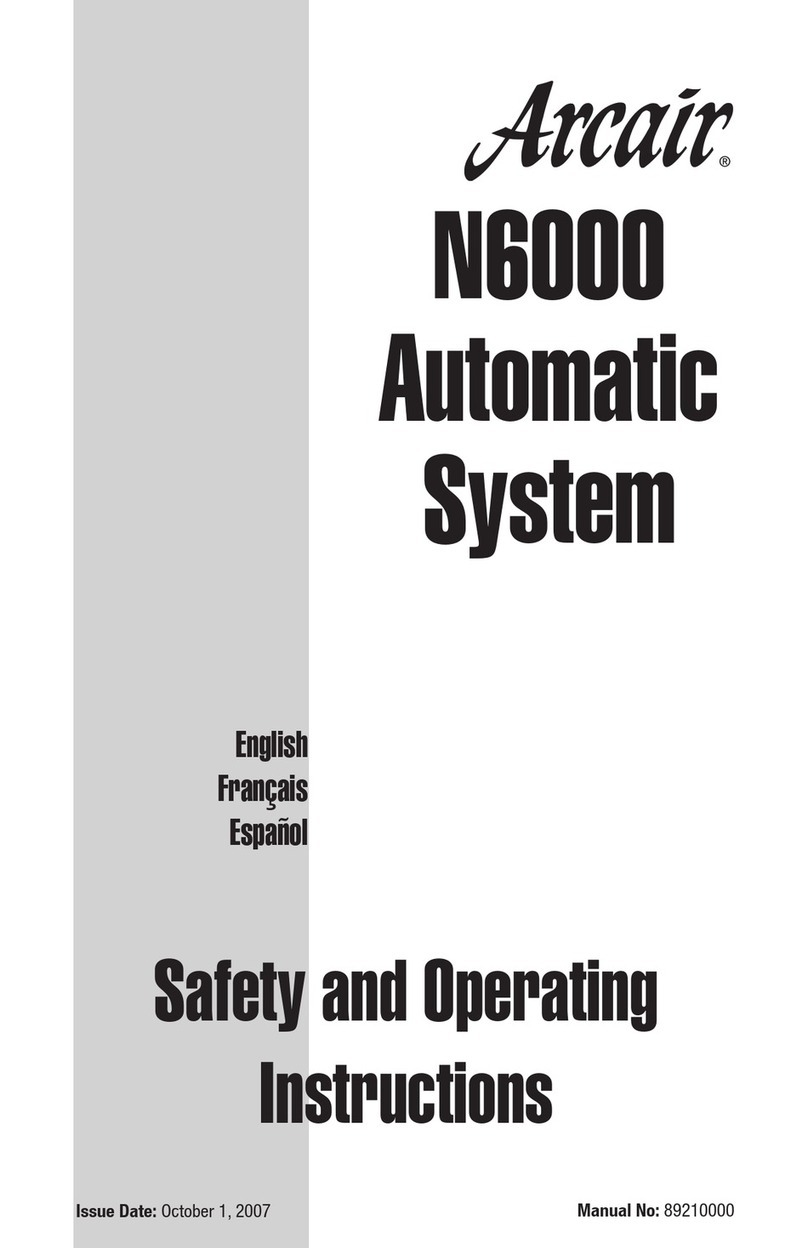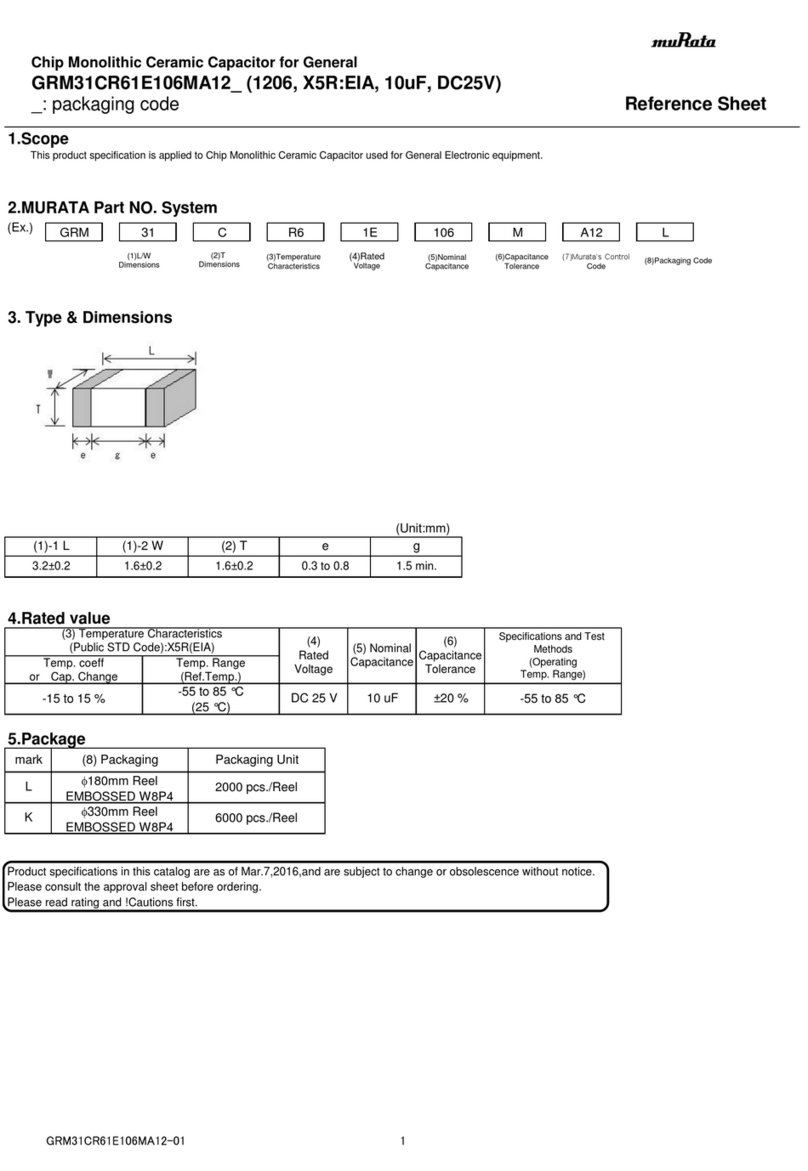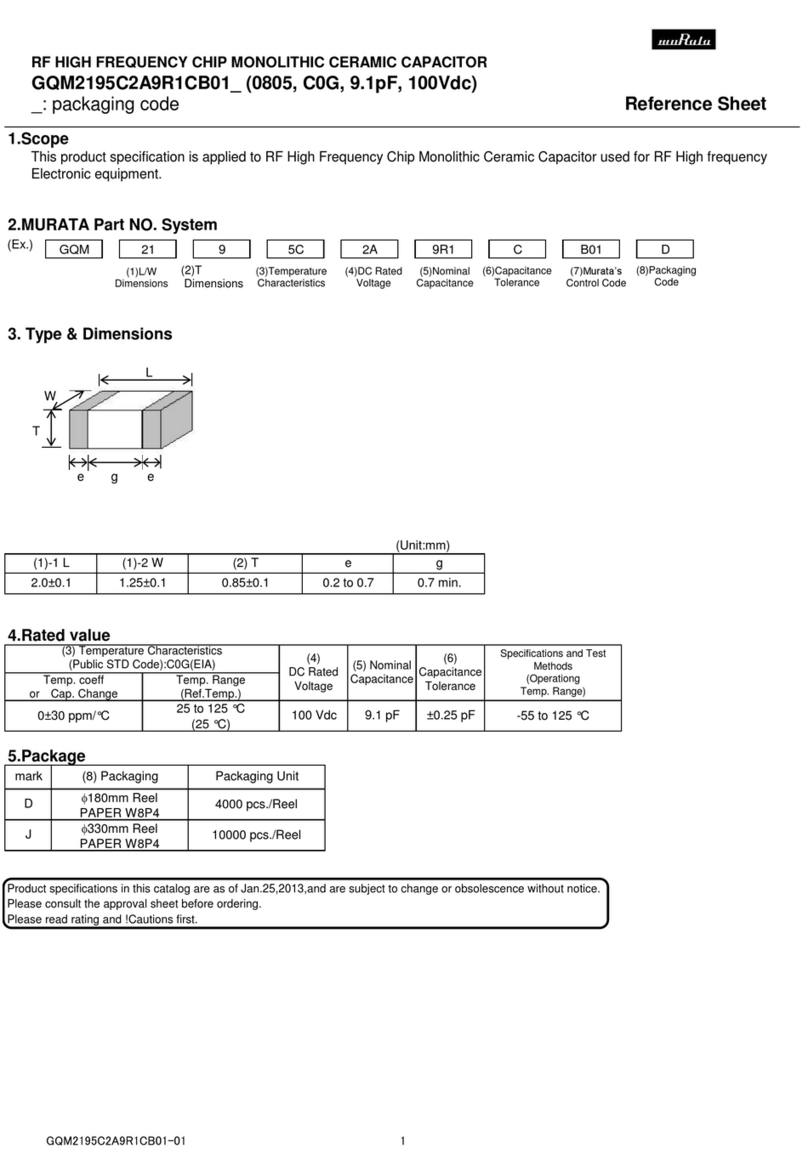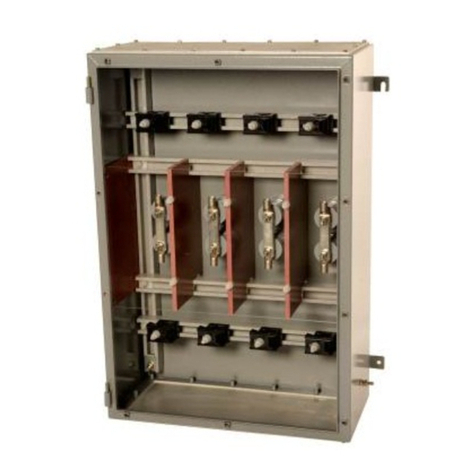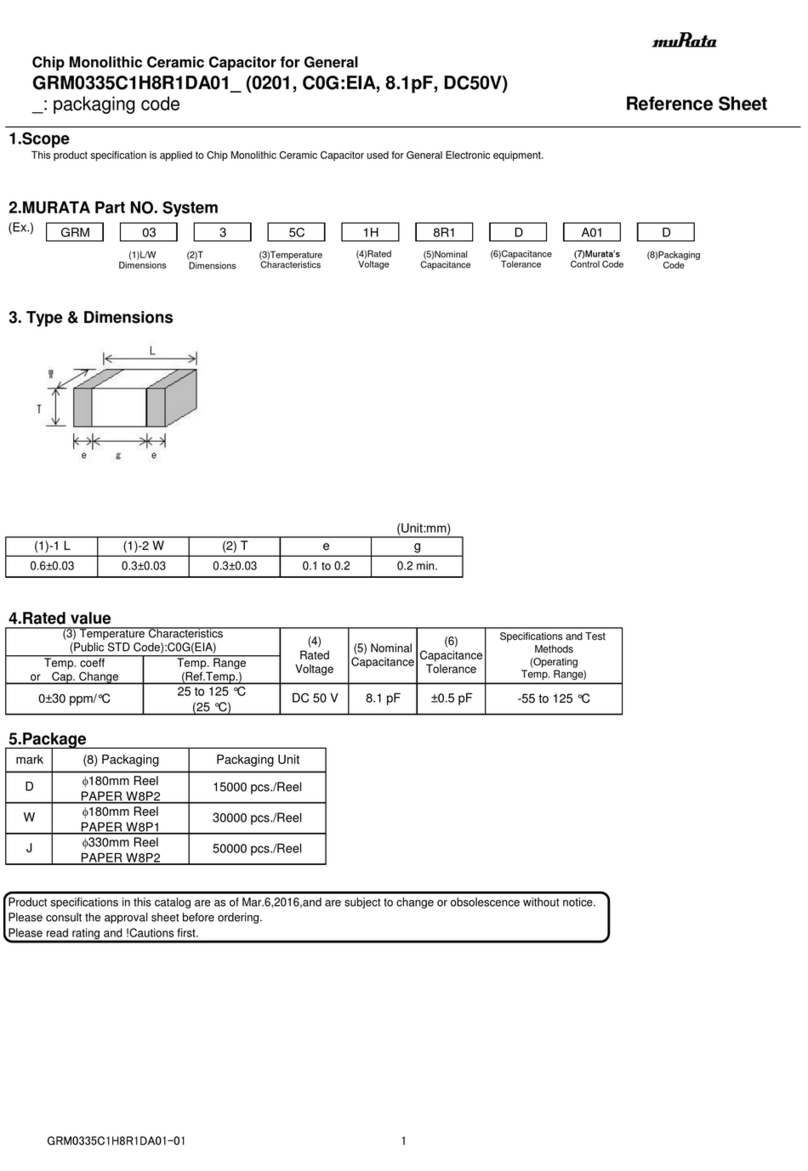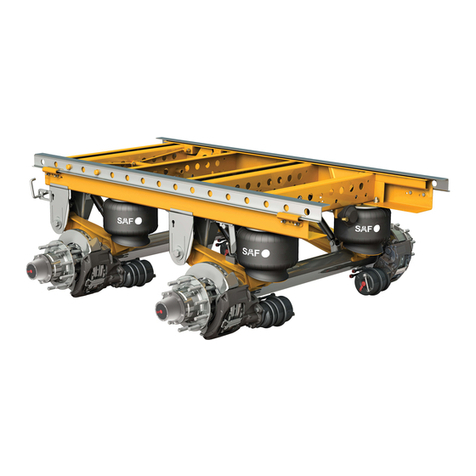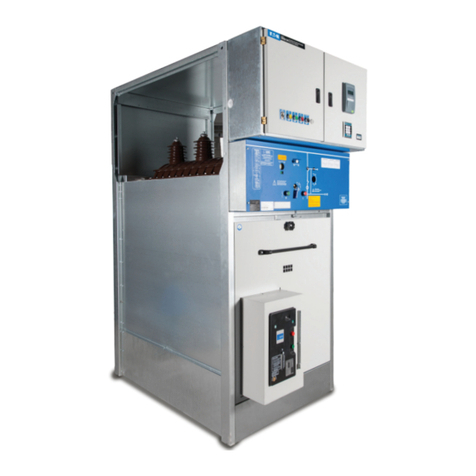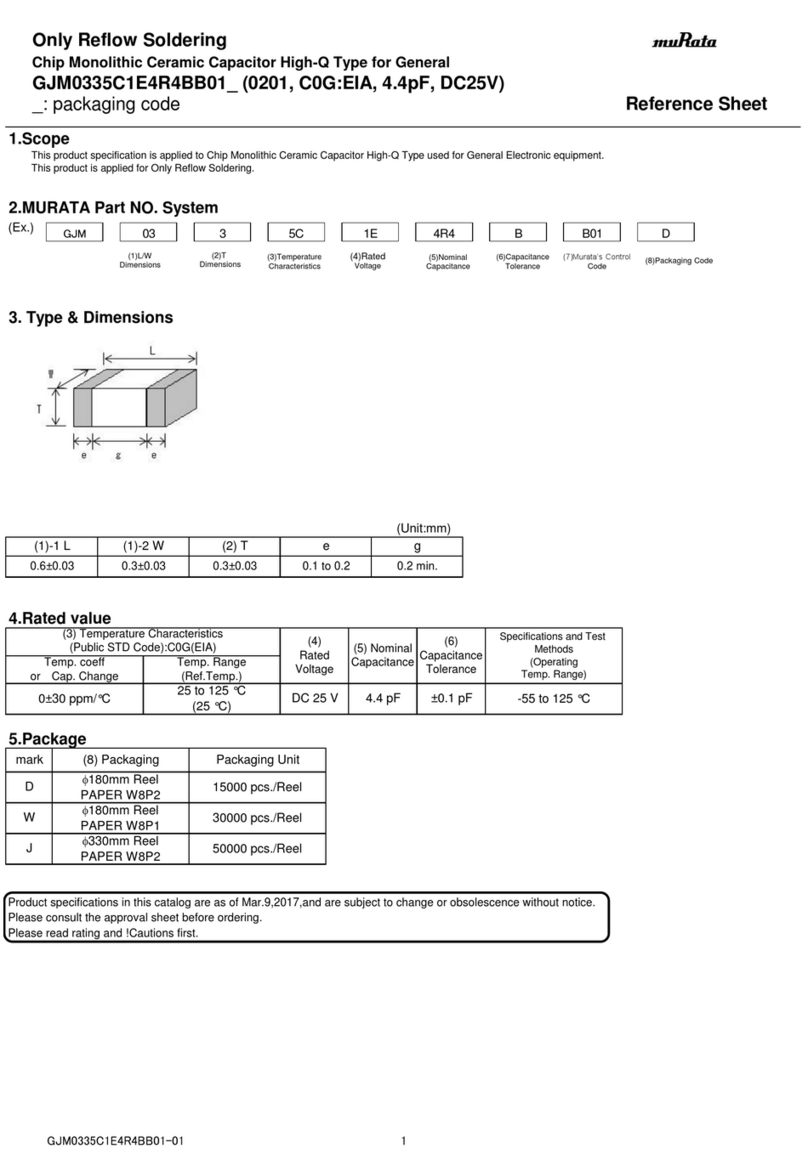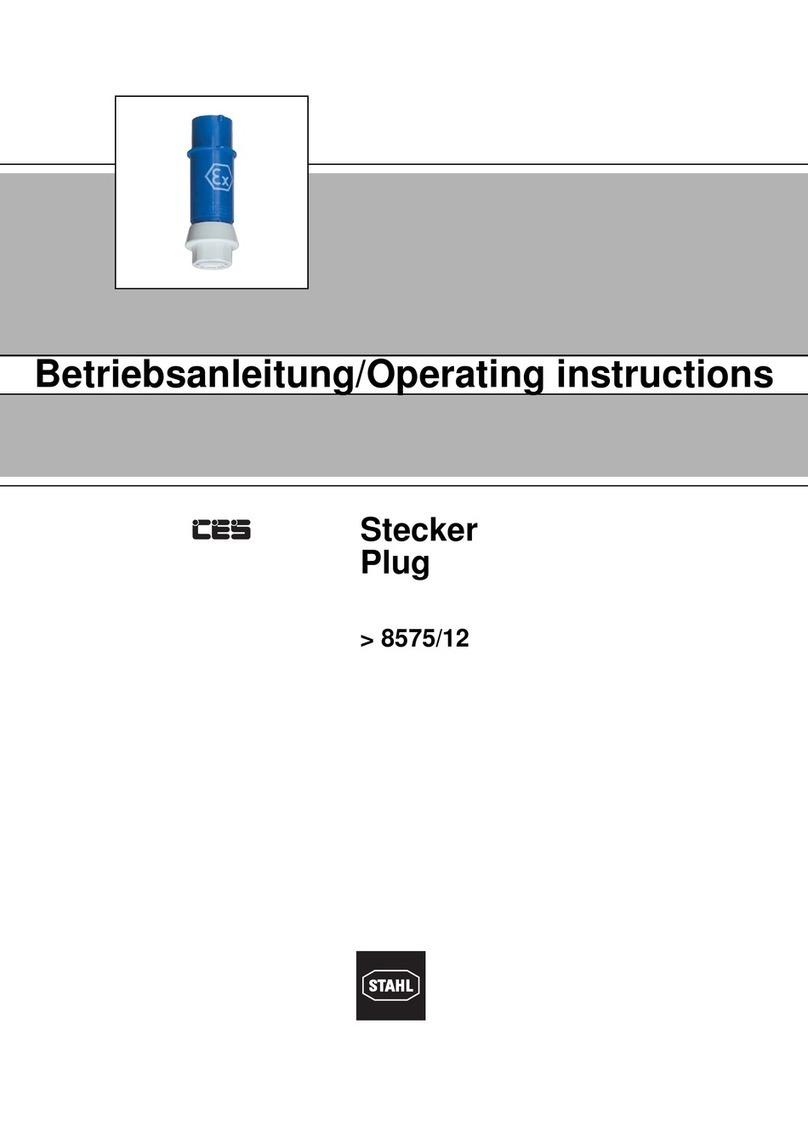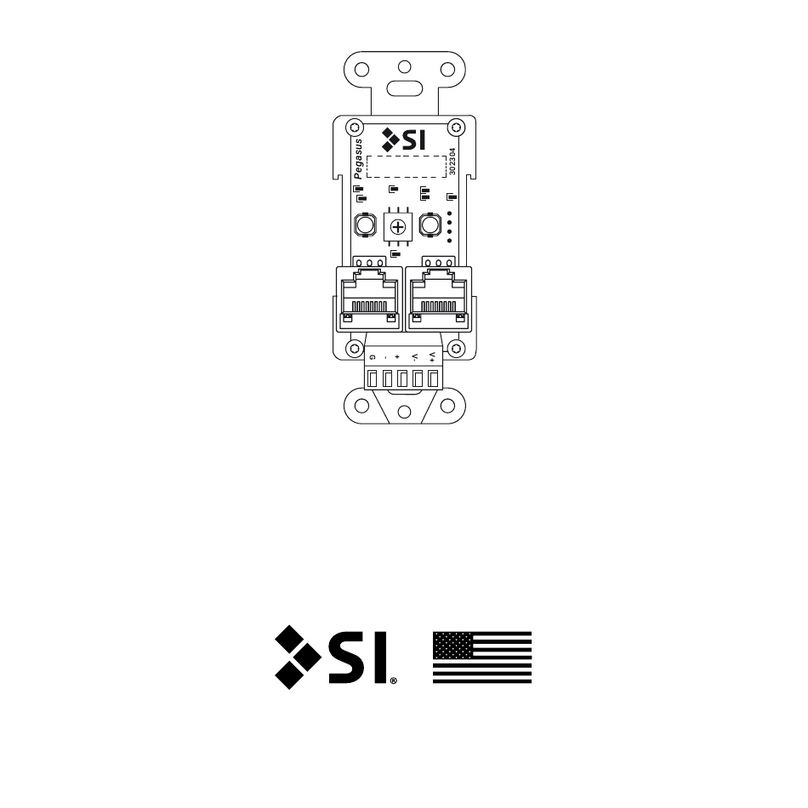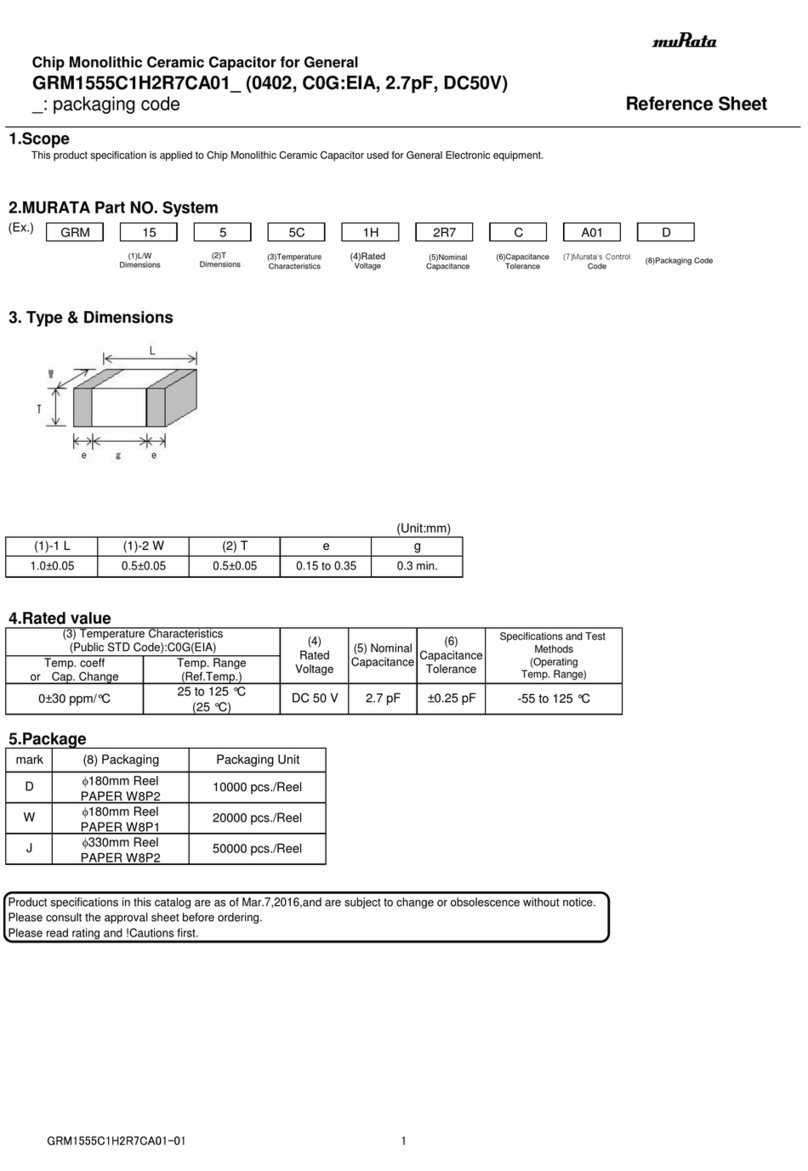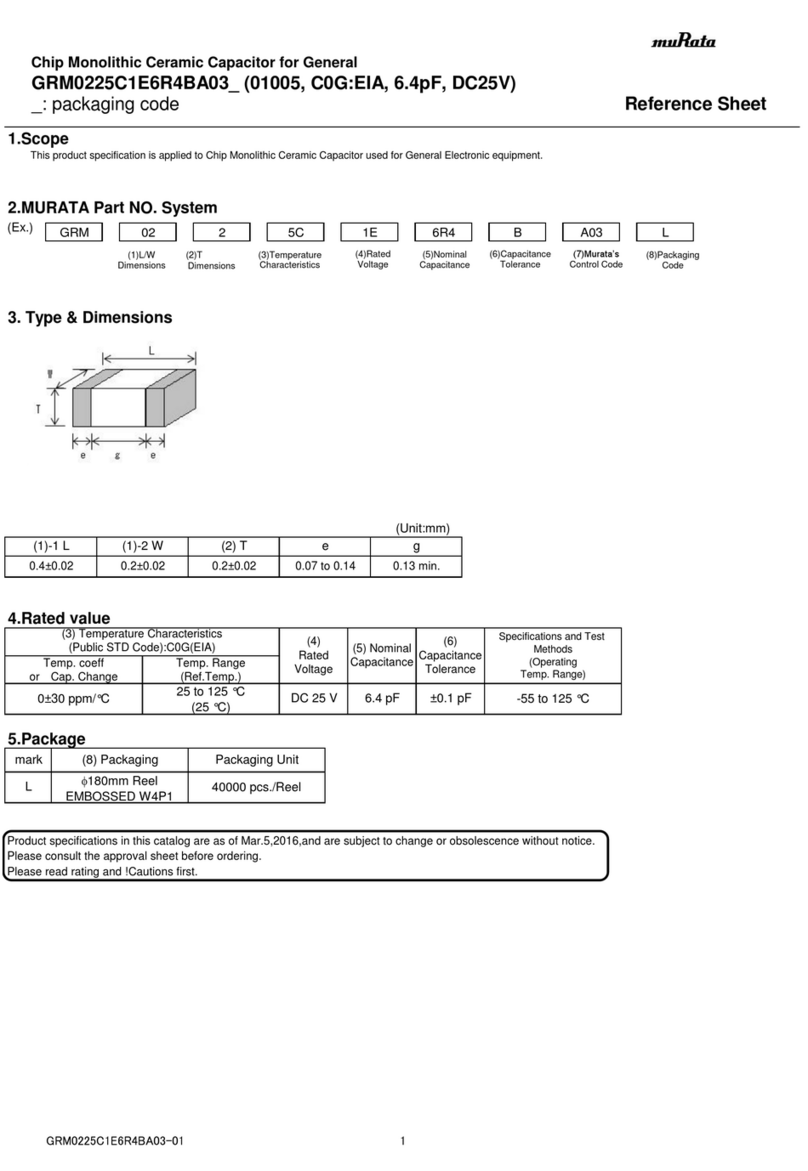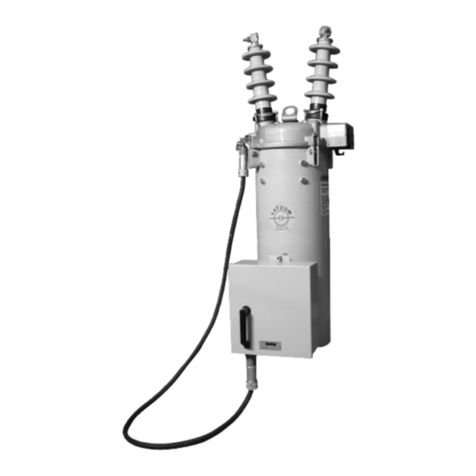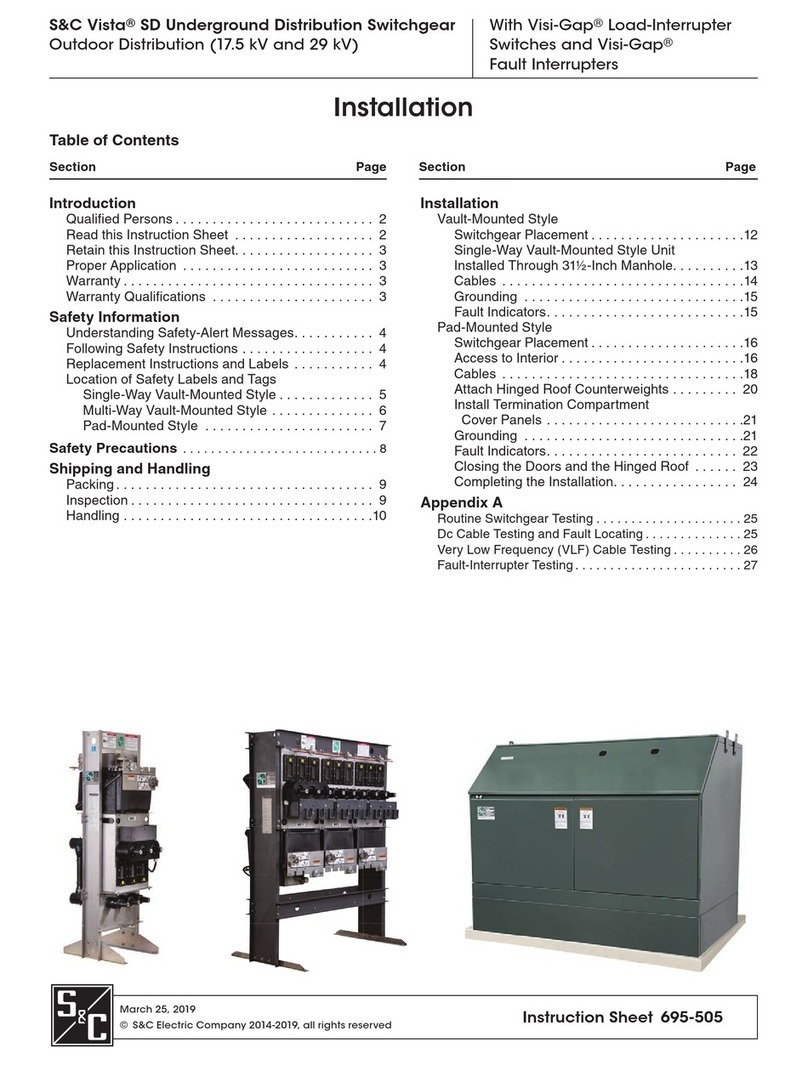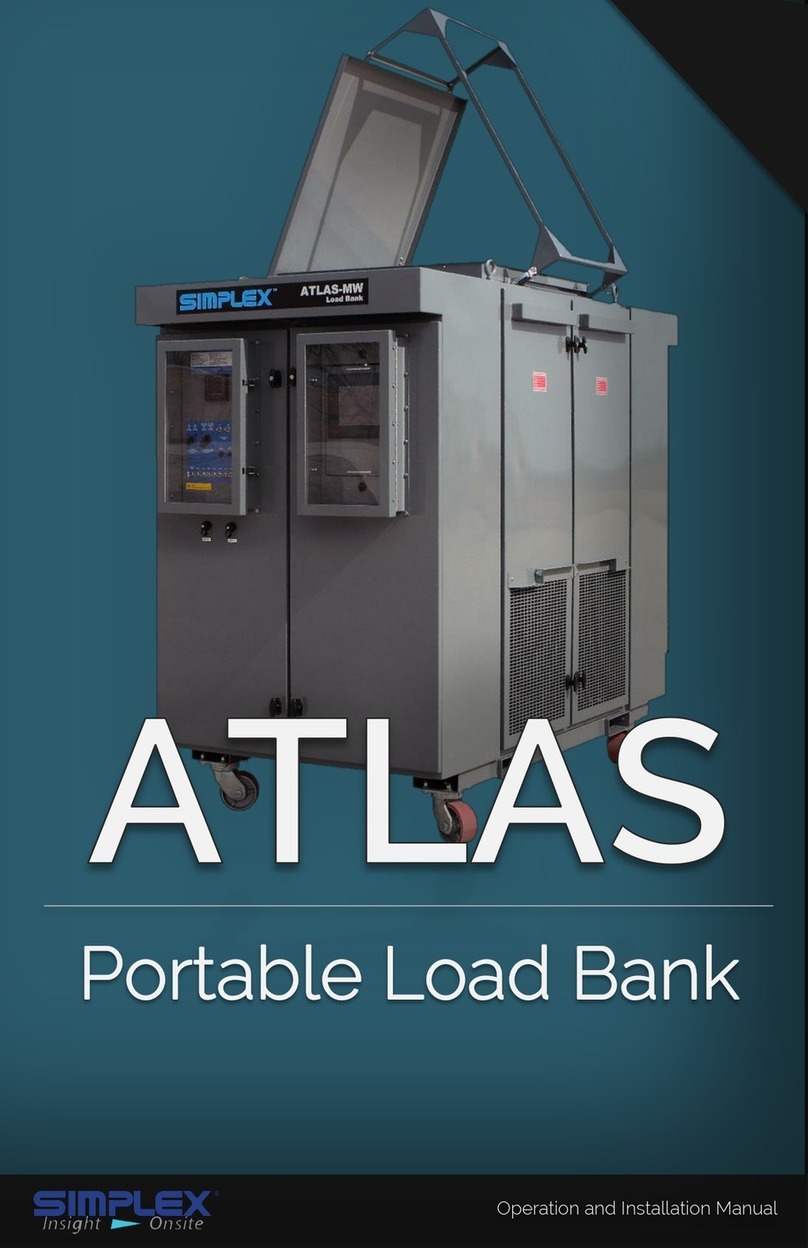
2 — Warnings and Cauons
to large cubic airow requirements, exhaust temperature, and
velocity. Do not point exhaust at any nearby surface or object
that may be adversely aected by high temperature. is
includes but is not limited to painted surfaces, tar paper and
asphalt roofs, water sprinkler heads, re alarms, and volatile
material.
• Do not use in conned spaces. Do not allow the load bank’s
feet to sink into so surfaces thereby cutting o bottom air
intake. e load bank may have to compete with cooling air
requirements of a nearby running engine generator set where
cooling air intake to a conned space may not be adequate
for both engine and load bank. Be especially careful not
to bounce hot exhaust air o nearby obstructions for re-
circulation through the load bank.
• Verify that all control switch positions are set correctly for
your intended usage before connecting the load bank to the
source to be tested.
• e load cables carry high amperage. Be constantly aware of
possibility of inductively heating adjacent ferrous objects to
temperatures sucient to damage cable insulation.
• Always connect the safety ground cable to a proper ground.
Do not rely on a possible grounded neutral somewhere else
in the system.
• Do not let the load bank run unattended for long periods of
time.
• Do not store or operate in rain unless adequate protection is
provided.
• Routinely inspect all components and electrical connections
for tightness and integrity.
• Repair any damaged or degraded components and wiring
without delay.
• If technical assistance, service, or parts are needed, please call
800-837-8603 (24 Hours).
• All hardware covered by this manual have dangerous
electrical voltages and can cause fatal electrical shock. Avoid
contact with bare wires, terminals, connections, etc. Ensure
all appropriate covers, guards, grounds, and barriers are in
place before operating the equipment. If work must be done
around an operating unit, stand on an insulated dry surface
to reduce the risk of electrocution.
• Do not handle any kind of electrical device while standing
in water, while barefoot, or while your hands or feet are wet.
• If people must stand on metal or concrete while installing,
servicing, adjusting, or repairing this equipment, place
insulative mats over a dry wooden platform. Work on the
